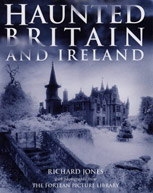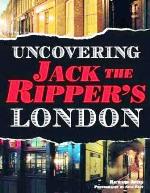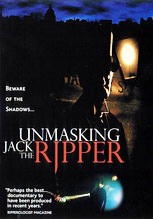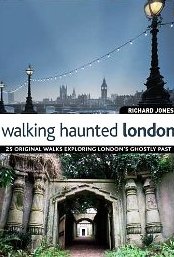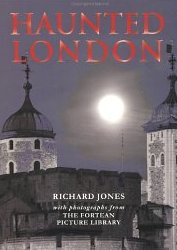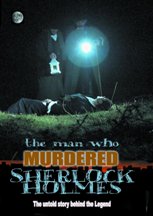THE HOUND OF THE BASKERVILLES
Buckfastleigh Church, Buckfastleigh, Devon
In Buckfastleigh Churchyard, there stands a little porch which, at first glance, could easily be mistaken for modern takeaway kiosk!
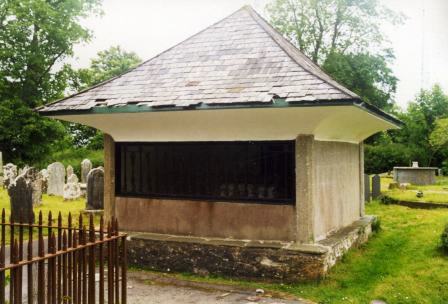
However, it actually contains the tomb of Squire Richard Cabell, a man whose evil reputation was such that his death in 1677 was, it is said, presaged by a pack of spectral hounds who came from the depths of the moor to escort his soul to hell.
But the locals were convinced that they would never be safe from him and, accordingly, they built the special porch in which to bury him.
His coffin was secured beneath a heavy stone, over which they placed a solid altar tomb and enclosed it behind sturdy iron bars to prevent his escape.
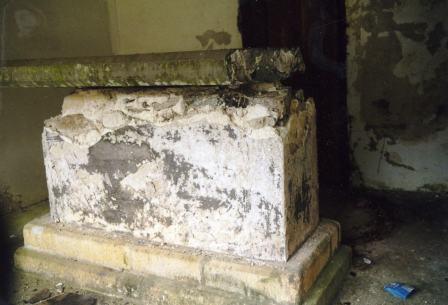
Their precautions, however, proved worthless for, on stormy nights, a ghostly pack of hellish hounds are often said to come baying around his tomb, whereupon the spirit of Squire Cabell appears and joins them for a ghostly hunt across the windswept moor.
Local children, meanwhile, would often come to the porch at night, walk thirteen times around it and insert a trembling finger into the keyhole of the huge oak door, to see if the evil squire would gnaw at it.
It was legends such as this that lured Sir Arthur Conan Doyle to Dartmoor in 1901.
As he toured the lonely villages that surround the moor and traversed its remote hinterland, absorbing its’ threatening atmosphere and gazing upon its boggy mires, he was accompanied by a young coachman named Harry Baskerville.
Impressed by the aristocratic sounding name, Doyle asked if he might use it and thus was woven the backcloth against which Sherlock Holmes’s most famous and spine chilling adventure, The Hound of the Baskerville’s, unfolded.
The church itself is now a forlorn and hollow shell as a result of a dreadful conflagration on 21st of July 1992 when the church was broken in to in the dead of night and a fire was started beneath the altar.
So intense was the inferno that the sturdy old Norman font was blown apart.
Rumours abound, though nothing was ever proven, that the arson attack was carried out by Devil worshippers to whom the church, and Squire Cabell's tomb in particular, have, apparently, proved an irresistible draw for centuries.

